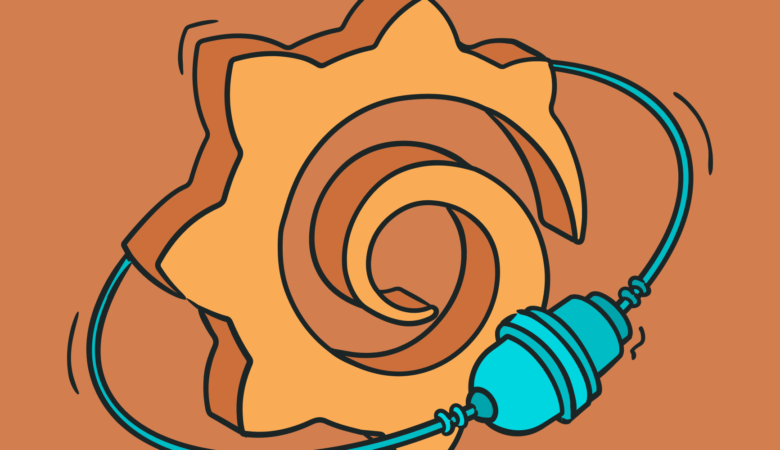Come with us on a journey to the past, where you can learn about the people, technology, and stories behind the formation of the modern Internet.
Are you ready to go? Hold on tight, this is Dial-back Modem.
(Hold on, this could take a bit.)
The time, the place, and the moment
This week we travel back to October 29, 1969. The place: Boelter Hall 3520, at the University of California at Los Angeles (UCLA). It is here that professor Leonard Kleinrock and student programmer Charley Kline attempted the first transmission on ARPAnet, an early precursor to the Internet. Their intended message: “log in.”
The story goes that the duo began to transmit the text from the UCLA SDA Sigma 7 host computer to the receiving Stanford Research Institute SDS 940 host computer, but only the letters “l” and “o” were received before the system crashed.
Eventually Kleinrock and Kline were able to successfully transmit their full intended message, and a permanent connection to the ARPAnet was established just a few months later.
Contributing factor
As with any major technological development, there are always building blocks that came before it and had some sort of influence.
One of the biggest influences leading to the success of the first computer-to-computer transmission over ARPAnet came from an MIT student’s doctoral thesis. That doctoral student’s name was Leonard Kleinrock. (Sound familiar?)
Kleinrock published his thesis in 1962, describing a network that could transfer queued information in small, fixed-length chunks. In essence, this idea would eventually become what we know today as “network packets.” It is also the concept that made communicating via the ARPAnet possible.
Want to learn more?
The dial-back modem device collected a few more sources that can help you dive deeper into the history of Leonard Kleinrock, and the origins of the ARPAnet. And who knows? We could travel back and take an even closer look…in the future!
- Leonard Kleinrock, the TX-2 and the Seeds of the Internet – Wired
- Leonard Kleinrock – Living Internet
- Web pioneer recalls ‘birth of the Internet’ – CNN
What did you think of the dial-back modem?
Let us know what you liked, and would like to see, in the comment section below! Or tweet@UptrendsMonitor!





Leave a Reply